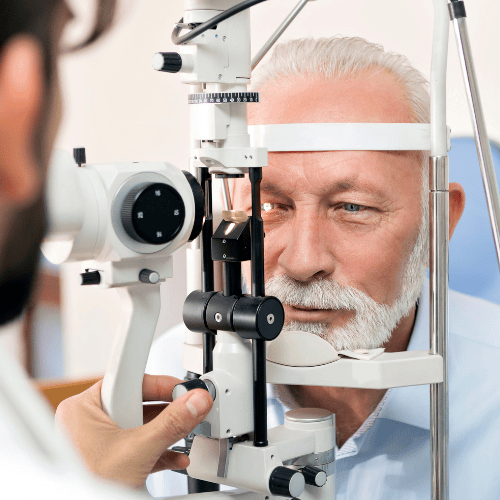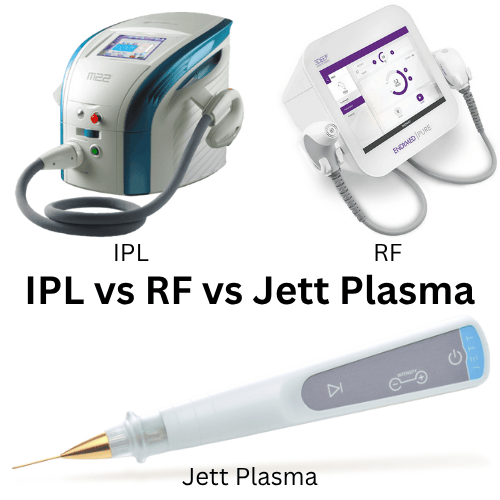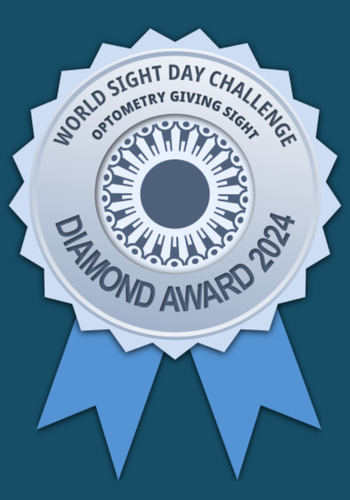UV PROTECTION IMPORTANT EVEN IN WINTER
Most of us are aware of the damage that Ultraviolet light (UV) can do to our skin. Fewer are aware that our eyes are just as vulnerable. Diseases such as cataracts and macular degeneration, as well as photokeratitis (a type of sunburn on the cornea) are at increased risk for developing in those who participate in outdoor activities without eye protection.
Sunglasses are the best way to protect your eyes from UV damage. When you come in for an eye exam at MVO, your eye doctor will take the time to find out what level of UV risk exists based on a number of factors. These include the following:
- The number and type of outdoor activities you participate in . Snow reflects the highest amount of UV, so skiing, snowshoeing, ice fishing, outdoor hockey are all examples of activities that increase your eye’s UV exposure.
- The altitude of your outdoor activities . The higher the altitude, the greater the UV levels. At almost 3,500 feet, Southern Alberta is considered a higher altitude environment.
- Whether or not you travel to warm climates in the winter. Those who “snowbird” for most of the winter will have almost the same level of UV risk as those who live in Southern climates full time.
- Time of day . It’s well known that the middle of the day (11am to 2pm) presents the greatest “general” amount of UV in the atmosphere, however, recent research suggests that even early in the AM and later in the PM poses a significant risk for eye exposure. This is due to the angle of the sun being lower in the sky and shining directly into our eyes when we are upright and moving around.
- Medications you are taking . Certain birth control medications, as well as meds for high blood pressure, antibiotics like tetracycline and others will make you more sensitive to sunlight exposure.
Once we understand your UV risk and types of activities you do, we can prescribe the right sunglass solution just for you. We will take into account factors such as the fit and size of the sunglass lens (larger and more wrapped for a closer fit to your face), your need for corrective lenses, and the specific features of the lens. Depending on all the variables above, a certain tint level or colour may be prescribed as well as features such as polarization, auto-dimming and anti-glare coatings.
If you will soon be taking a break from winter to enjoy some time at a beach, remember that water reflects an extremely high percentage of UV rays! Lost your shades in the ocean last time? Speak to our opticians about the new Maui Jim Waterman that are approved for water sports such as surfing, sailing and swimming.
Please don’t forget your kids. They usually spend more time outdoors and are at greater risk due to larger pupils and a clearer crystalline lens, allowing more UV to penetrate the delicate tissues of their eyes.
-Dr. Wilk











